© 2025 ALLCITY Network Inc.
All rights reserved.

With Thanksgiving less than a week away, all of baseball’s eyes have turned to Dec. 1, when Major League Baseball’s collective bargaining agreement with the players association will officially expire.
With the two sides reportedly far apart in negotiations, a lockout is all but certain. It would be Major League Baseball’s first work stoppage since 1995. There are likely several months of negotiations still to come, but a number of propositions from both sides have already leaked to the public.
Very little is certain about how baseball will change this winter, but we do know that whatever those changes are, not every MLB team will be equally affected by them. With that in mind, let’s take a look at several proposals from both sides and examine how they could either help or hurt the Diamondbacks.
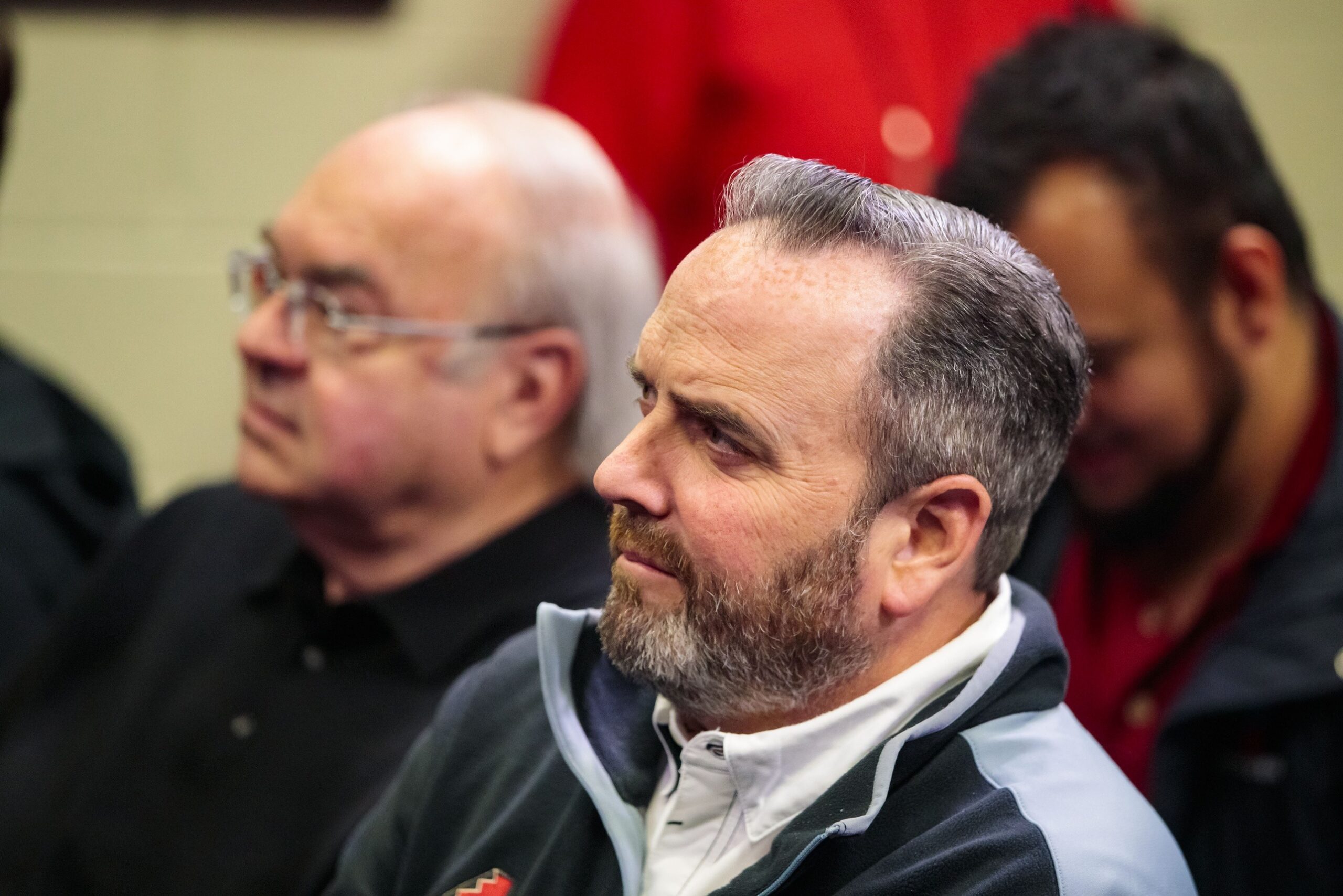
Salary floor and luxury tax threshold reduction
Proposed by: MLB
In August, the league proposed a $100 million salary floor in order to discourage tanking and encourage spending. Along with that idea, MLB also proposed reducing the luxury tax threshold to $180 million.
How it could help:
Under the current CBA, the luxury tax threshold is $210 million. Reducing this figure to $180 million would theoretically discourage teams with deep pockets such as the Dodgers and Giants from spending over this limit. Whether it changes anything in practice is an entirely different matter, but theoretically, this is an effort to bring more balance to payrolls across the game. On paper, that’s a benefit to teams such as the D-backs that generally operate in the bottom tier of spending across the league. It also forces Arizona to spend more money itself, which theoretically should lead to a more talented roster.
How it could hurt:
According to Cot’s Baseball Contracts, the D-backs opened 2021 with a payroll just under $96 million. It was the fourth time in the past seven seasons that they began with a payroll under $100 million. Stretching the wallet should be a good thing, but forcibly spending money sounds like a dicey business.
Let’s not forget the D-backs have not been particularly successful in free agency of late. Kole Calhoun couldn’t stay healthy. Madison Bumgarner has underwhelmed. Many of the relievers that they have signed have disappointed. In some ways, these players have clogged the roster rather than pushed it forward. Adding more players is far from a guaranteed win.
On the flip side, other teams will be forced to spend more, too. No more playing the $45-million Pittsburgh Pirates seven times a year. That means fewer easy games for the D-backs.
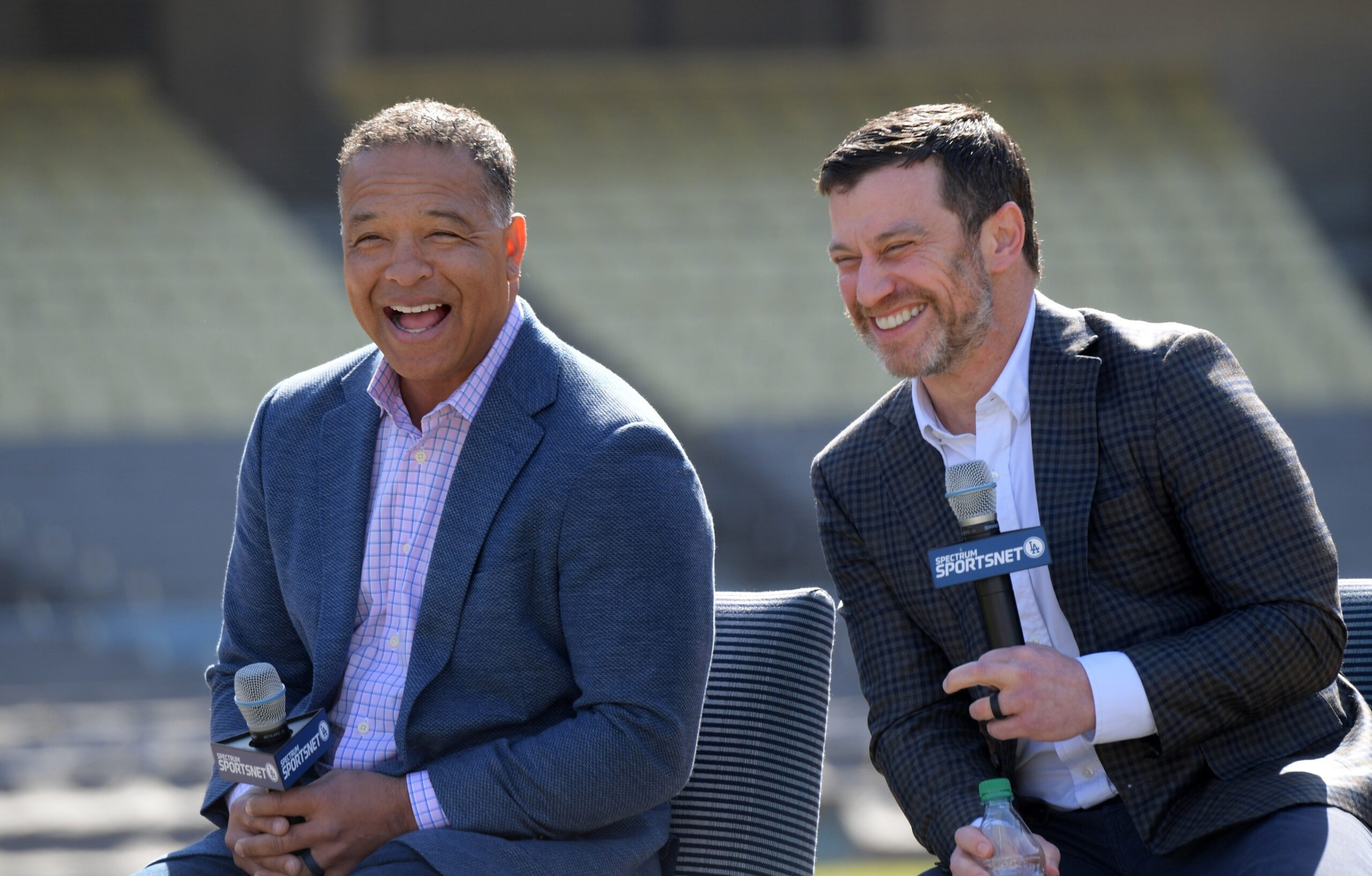
Luxury tax threshold increase
Proposed by: Players Association
Not surprisingly, the players are calling for the exact opposite of the league: increase the luxury tax threshold and lower the luxury tax to encourage spending.
How it could help:
If the D-backs ever find themselves in a position to exceed the old luxury tax threshold of $210 million, they would benefit from this proposal. Unfortunately, based on the team’s track record, it is hard to see that happening any time soon.
How it could hurt:
In many ways, the luxury tax threshold is the only system in place to keep teams such as the Dodgers in check on their spending. Under the current CBA, teams that exceed the luxury tax threshold in consecutive seasons pay escalating tax rates depending on how many years in a row they have exceeded it. The luxury tax system incentivizes the Dodgers to reduce their spending from time to time. If the threshold increases, teams such as the D-backs that benefit from revenue-sharing may receive less.
To be clear, both the MLB and MLBPA want competitive balance, but they seem to be pursuing it in different ways. As long as the D-backs continue to spend at or below the league average, any proposal that encourages spending — particularly for the richest teams — is bad news.
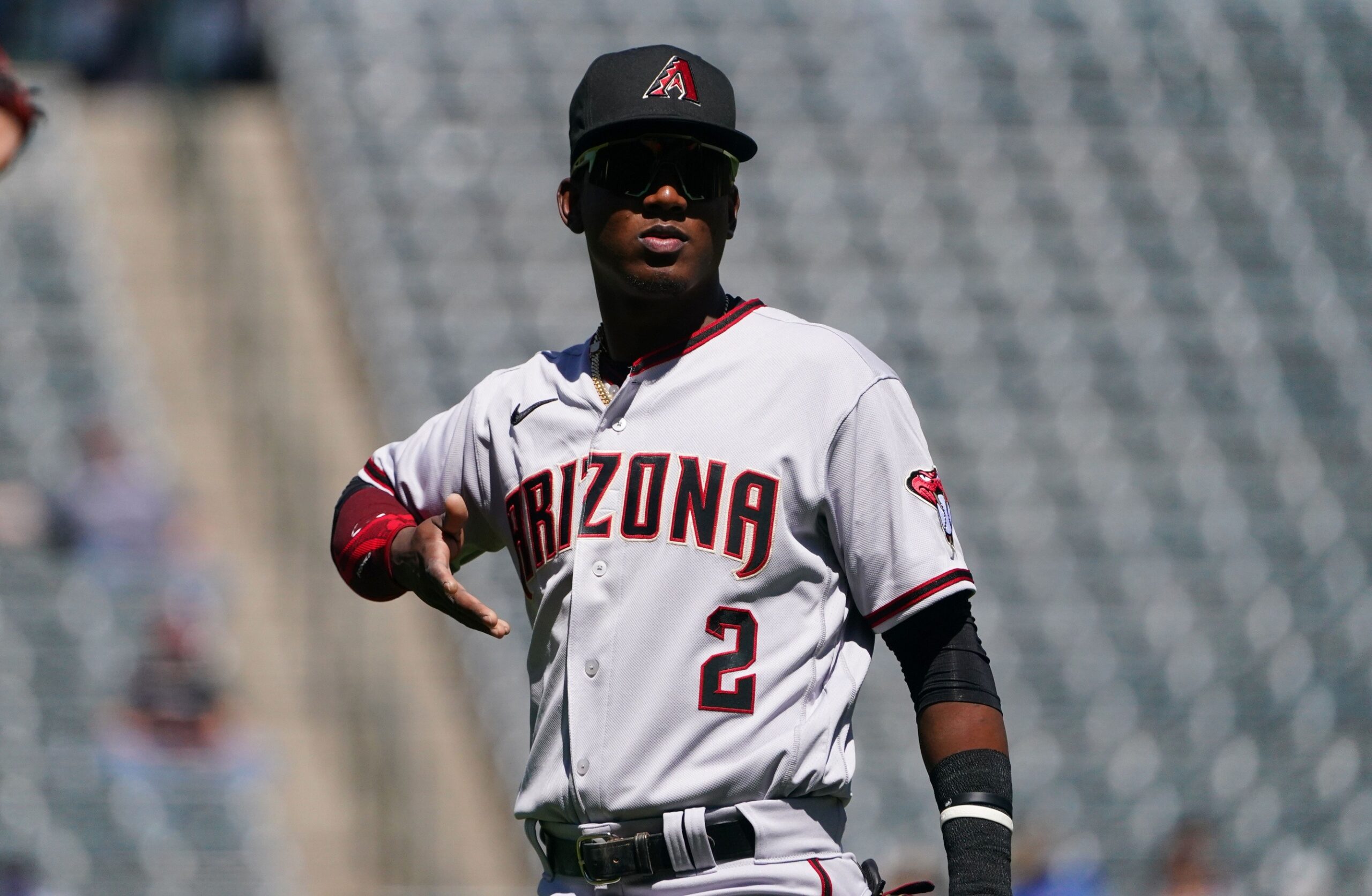
Age-determined free agency
Proposed by: MLB
This proposal would do away with arbitration and make all players eligible for free agency at the age of 29.5, regardless of how many years they have played.
How it could help:
By using age over service time, the system gives teams additional control over players who enter the league at a particularly young age. The D-backs do not have many of them, but Geraldo Perdomo is an example.
Perdomo is currently slated for free agency following the 2027 season. Since Perdomo’s 30th birthday falls in the second half of 2029, the D-backs would gain team control for both 2028 and 2029. Perdomo would play nine seasons before hitting free agency, rather than seven.
Similarly, if top outfield prospect Alek Thomas cracks the majors next year at age 22, the team would gain an extra year of control over him, too.
How it could hurt:
On the flip side, the D-backs would lose team control over players who reached the majors later in their careers. Josh Rojas, for example, would hit free agency following the 2023 season — three years earlier than he would otherwise. The D-backs would also lose a year of team control over Pavin Smith.
Christian Walker, meanwhile, would have already reached free agency following the 2020 season. Following a solid line of performance in 2019 and 2020, he probably would have earned a decent payday.
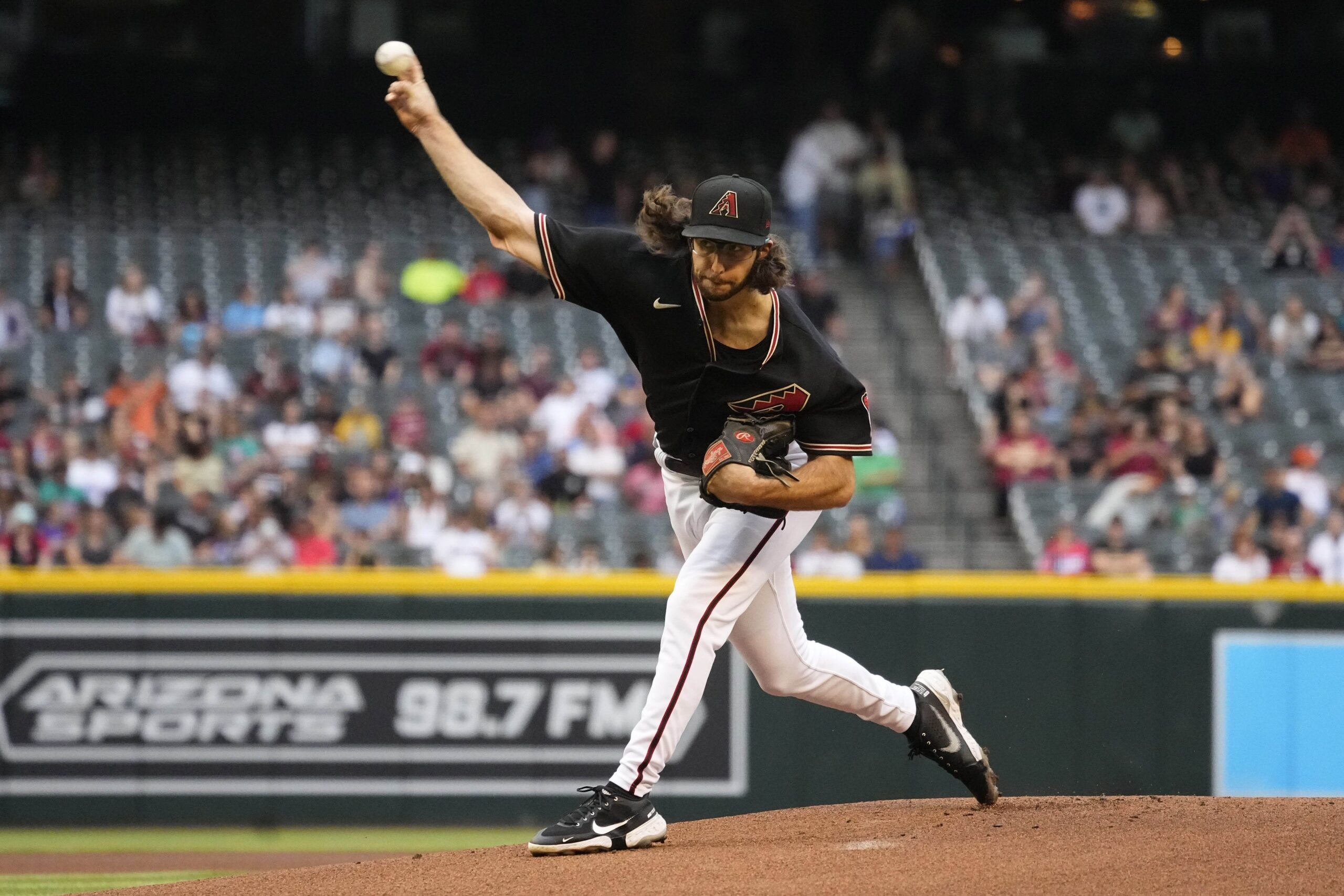
Begin arbitration after two years
Proposed by: Players Association
Currently, most players enter arbitration after three years of service time, and they make at, or near the league minimum prior to that. Under this proposal, that number would change to two years. Players would certainly make more in the process.
How it could help:
If the goal is to keep the payroll low, it won’t.
How it could hurt:
The D-backs currently have four players with between two and three years of service time: Zac Gallen, Taylor Clarke, Josh VanMeter and Taylor Widener.
Under this proposal, all four of those players — who otherwise wouldn’t reach arbitration until after next season — would get there this winter. Gallen would be due for the biggest raise, while Clarke, VanMeter and Widener would see modest raises over the league minimum.
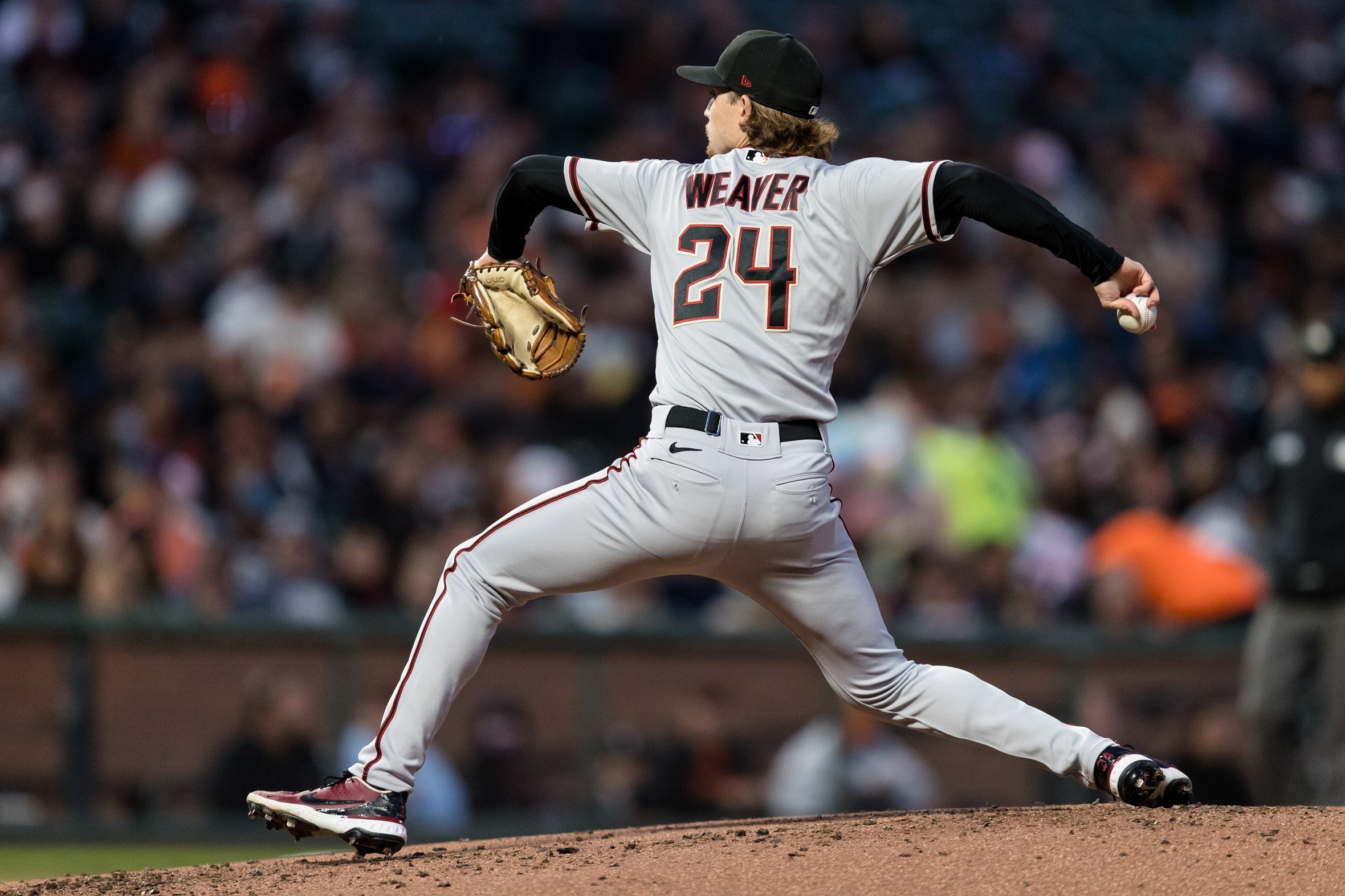
fWAR determines player salaries, not arbitration
Proposed by: MLB
While this proposal is widely regarded as a non-starter in negotiations with the players association, it makes for a fun thought experiment. According to the plan set out by the league, the arbitration process would be completely replaced by a mathematical formula based on FanGraphs’ wins above replacement (fWAR) metric.
According to ESPN’s Jeff Passan, player’s salaries would be determined as follows:
- First-year league minimum: $600,000
- Second-year league minimum: $700,000
- Third-year league minimum: $825,000
- Three to four years of service time: career fWAR x $580,000
- Four to five years of service time: career fWAR x $770,000
- Five to six years of service time: career fWAR x $910,000
How it could help:
All but one of the D-backs’ arbitration-eligible players for 2022 would receive a lower salary under the fWAR proposal than their arbitration estimate.
Carson Kelly, for example, is pegged to make about $2.95 million in arbitration according to Cot’s Baseball Contracts. Using the fWAR calculation, Kelly’s 2.9 career fWAR gets multiplied by $580,000 for a total salary of approximately $1.68 million. That’s roughly half of what Kelly is projected to make in arbitration.
How it could hurt:
Luke Weaver is the only arbitration-eligible member of the team whose salary likely would increase under the league’s fWAR proposal. Weaver has posted 6.0 career fWAR in a little more than four years of service time, which would translate to a $4.62 million salary. That’s about $1.2 million more than he’s projected to receive in arbitration.
Here are the numbers for every arbitration-eligible member of the team:
| Name | Service Time | Career fWAR | 2022 fWAR-based Salary | 2022 Arb. Estimate (via Cots) |
| Luke Weaver | 4.112 | 6.0 | $4.62M | $3.4M |
| Carson Kelly | 3.161 | 2.9 | $1.68M | $2.95M |
| Caleb Smith | 4.078 | 2.1 | $1.62M | $2.5M |
| Christian Walker | 3.124 | 3.1 | $1.80M | $2.5M |
| Noé Ramirez | 4.083 | 1.1 | $847K | $1.75M |
| J.B. Wendelken | 3.028 | 1.3 | $825K | $875K |
It’s not hard to see why the Players Association has viewed every league proposal as a nonstarter so far. Not only is fWAR an imperfect measure of player performance, but the formula put forth by the league may lower salaries just as much as it raises them.
It’s going to be a long winter, and baseball is surely going to freeze — perhaps for several months — until this is all sorted out.
Follow Jesse Friedman on Twitter
Get Arizona's Best Sports Content In Your Inbox!Become a smarter Arizona sports fan with the latest game recaps, analysis and exclusive content from PHNX's writers and podcasters!
Just drop your email below!
Comments
Share your thoughts
Join the conversation



